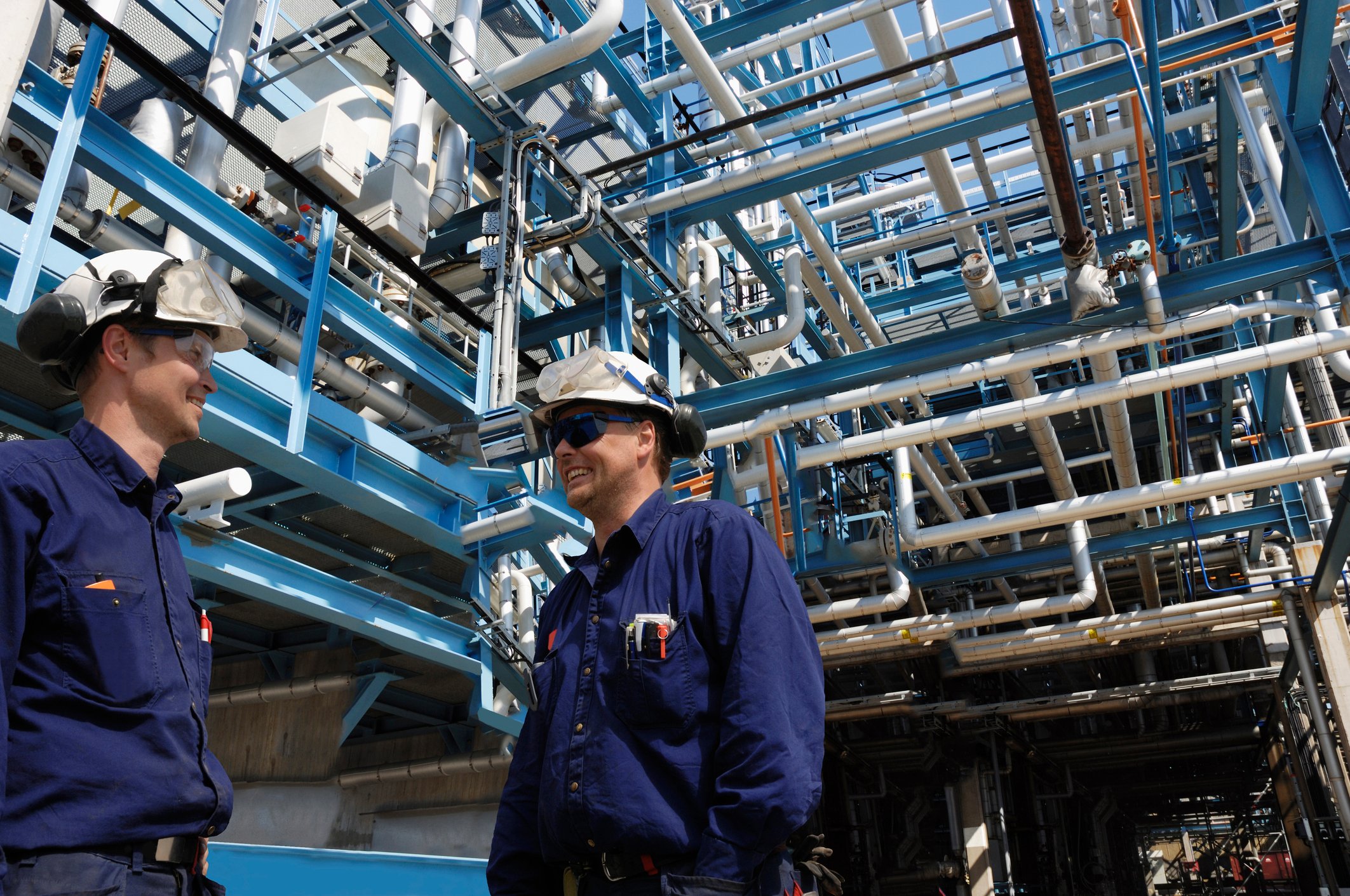The dust is finally beginning to settle from one of the largest mergers of the past decade. Years ago the old Dow Chemical and the old DuPont commingled all of their materials science, agricultural, and specialty chemical assets into one giant corporation called DowDuPont. The assets were then organized into three portfolios and separated into three independent companies in early June.
The new Dow Inc. owns the mature material science assets, Corteva Agriscience owns the agrochemicals portfolio, and the new DuPont (DD +0.00%) owns a collection of diverse assets aimed at specialty markets. Same tickers, similar names, completely different companies. Got it?
It may take some getting used to, but individual investors might be drawn to DuPont for the fact it will boast the highest operating margin of the three DowDuPont spin-offs. Does that make the stock a buy?

Image source: Getty Images.
By the numbers
DuPont is a $55 billion company that generated $22.6 billion in revenue and $6.4 billion in adjusted EBITDA in 2018. It owns the most diverse assets of any DowDuPont spinoff, united only by the "specialty materials" label. Business units include electronics and imaging, nutrition and biosciences, transportation and advanced polymers, and safety and construction.
That's not to suggest the portfolio includes all the also-rans from the DowDuPont separation, however. DuPont owns some of the most recognizable brands, including Tyvek in construction and Sorona in performance fibers, as well as new brands swiftly making a mark on their industries, including Kalrez in electronics and Vespel in aerospace. The latter two materials are expected to grow at a compound annual growth rate of 10% and 8%, respectively, through 2022 -- multiples faster than the market average.
Market-leading brands and innovative product launches give management confidence the business can consistently deliver an operating margin of 25%, compared with 20% for Dow and 15% for Corteva Agriscience. It's off to a solid start after reporting an adjusted operating EBITDA margin of 28% last year. As it turns out, higher profitability could become the new normal.

Image source: Getty Images.
Looking ahead
On the same day the new DuPont became an independent company, it initiated a 1-for-3 reverse stock split and announced a $2 billion share repurchase program. The latter represents approximately 4% of outstanding shares. Considering the new company boasts a market-beating dividend -- the exact annual percentage yield is unclear, given the reverse stock split and spinoff -- it's obvious that management is keen to deliver value for shareholders.
The portfolio should do the rest. For instance, the transportation and advanced polymers segment is well positioned to capture a massive opportunity from global growth in hybrid and electric vehicles. DuPont's materials are used for lightweighting vehicles -- an important concern, given the weight of electric batteries -- and thermal management, which is also important, as batteries produce a lot of heat. The company estimates that it will generate revenue of $330 per electric vehicle, compared with just $195 per vehicle with an internal combustion engine.
The company is also quietly the global leader in industrial biotechnology, deploying high-throughput genetic engineering processes to develop new enzymes, renewable polymers, and new-to-the-world chemicals possible only with biology. DuPont has generated 40% of its industrial biosciences revenue from products launched in the past five years -- and it remains at the very beginning of the technology ramp-up.
Electric vehicles and living technologies are just two growth opportunities being eyed. There's also the rise of 5G devices -- yet another driver for Kalrez polymers -- as well as the continued expansion of solar power projects, as the company's polymers comprise the panel surface, and numerous renewable materials vectors.
The pieces are in place for a solid income stock
While DuPont has a collection of loosely connected specialty material assets, the portfolio is well positioned to capitalize on several major growth trends. The behemoth business will only grow so fast, but healthy margins should help it to become a stable cash cow for individual investors. The company still needs to do a better job communicating the financial strategy for the road ahead, but those details should become clearer well before the end of 2019. In the meantime, patient investors might not hesitate to hold the income stock in their portfolios.






